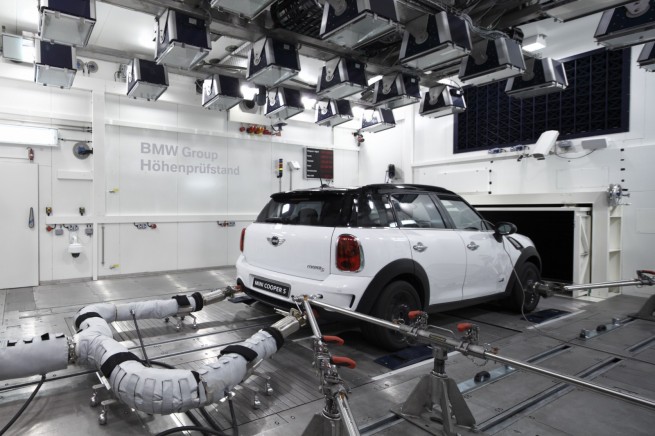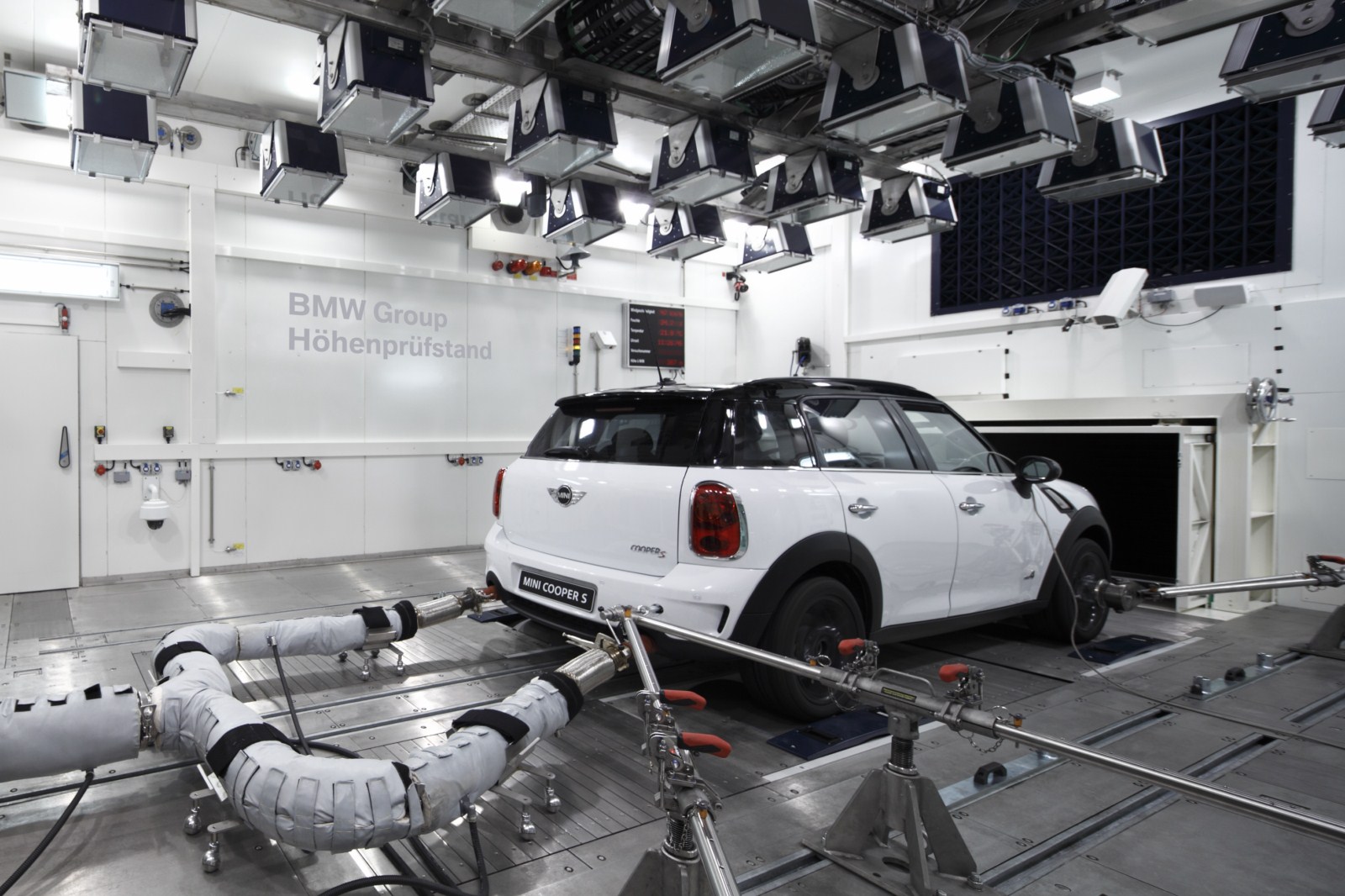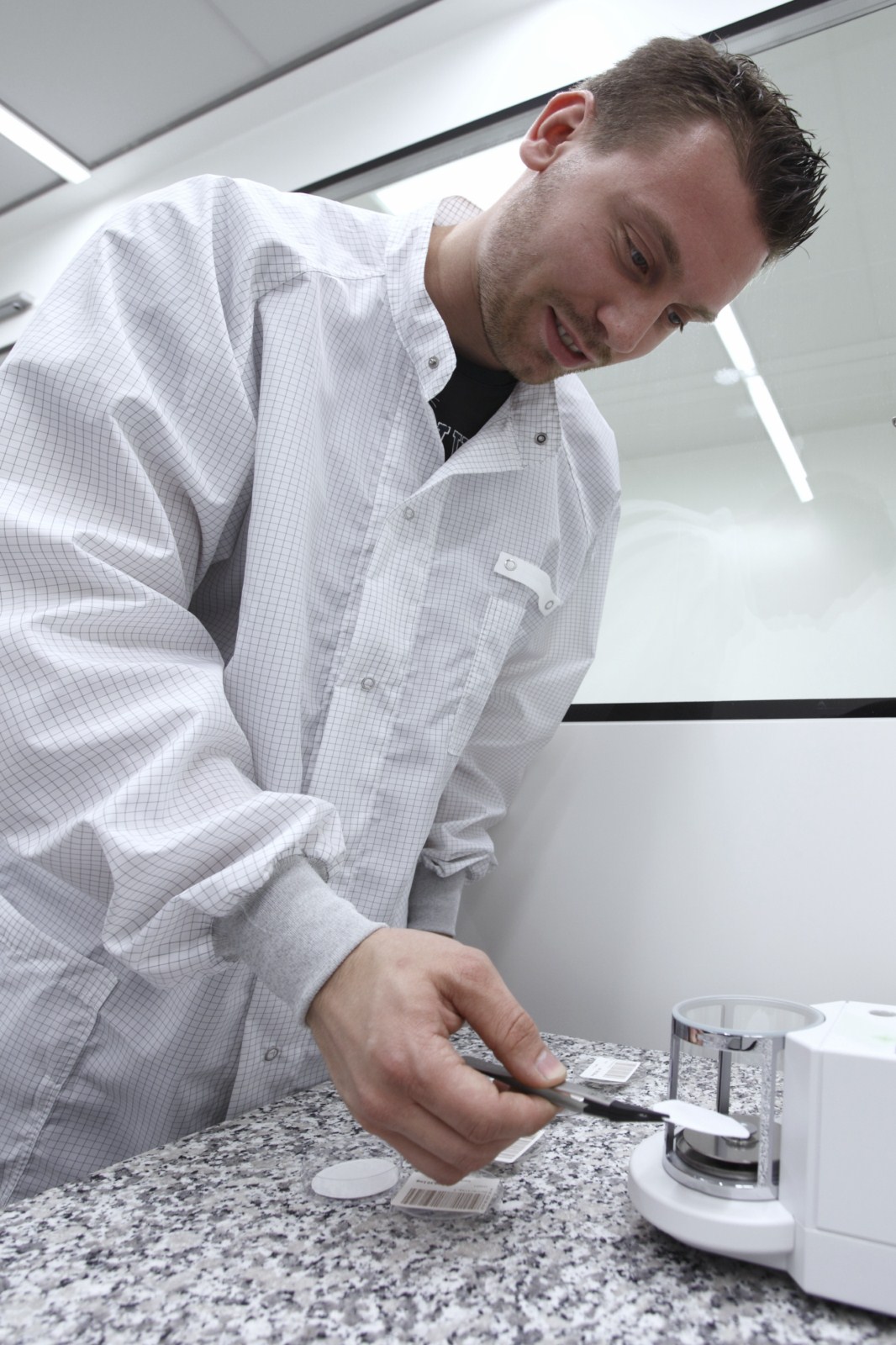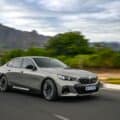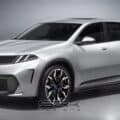A car must hold out against all climatic conditions. Whether in rain or snow, hot or cold weather, or varying air pressure, all vehicles’ systems must function at their best. Rain must not inhibit full braking power, kicked-up snow from vehicles ahead must not adversely affect the engine and heat must not overtax the cooling system.
Until now, laborious hot and cold country tests were necessary in order to appropriately design and subsequently test vehicles. Now the BMW Group is bringing the world into its laboratory. All pertinent environmental parameters, such as heat, cold, humidity, atmospheric pressure, precipitation and wind can be simulated in the innovative test facility of the Energy and Environmental Test Centre.
- Five test cells form a unique testing centre: the new Energy and Environmental Test Centre (ETC) is composed of three thermal wind tunnels— the “climatic wind tunnel”, the “thermal wind tunnel“ and the “environmental wind tunnel” — and two test chambers — the “altitudealtitude test chamber” and the “cold test chamber”.
- All roads and climate zones are under one roof. At the ETC, practically any test can be conducted that used to take place on streets worldwide with cold, heat, sun, rain, snow, air pressure, humidity or wind. Exceptions are driving dynamics tests where vertical forces, lateral dynamics, steering movements and crosswinds are in play.
- The development process becomes more efficient through this unique testing centre. Transport distances and times are reduced and fewer prototypes can be used for more tests. The tests are no longer dependent upon the season of the year and are all conducted together under one roof, which helps results become available to everyone more quickly. In addition, the parameters of the test facility can be adjusted precisely and reproduced as often as desired.
- The question “test facility or test drive” is a thing of the past with the ETC’s new possibilities. Before, it was necessary to decide between realistic conditions on the street and reproducibility at a test facility, but the ETC brings together the best of both worlds. Here, a vehicle can drive through all climate zones of the world within eight hours.
- The three thermal wind tunnels are identical, but fulfil different requirements, which allows for maximum flexibility in the testing process. They all have a vertical or “standing” air duct; the fan is about 15 metres above the test section — the plenum.
- The temperature range of the climate wind tunnel ranges from minus 10°C to plus 45°C. A solarium simulates solar radiation. Here, tests are conducted for thermal management, cooling power and climate control, as well as brake cooling. The especially light and rigid rotary blades of the blower also allow for highly dynamic tests, up to a top speed of 250 km/h.
- The thermal wind tunnel also serves to ensure thermal operational security. Here, tests are predominantly conducted on cooling performance and air flow. For this reason, temperatures are restricted to the positive range (20 to 45°C). The highest speed at this test bench is 280 km/h.
- The environmental wind tunnel covers the greatest bandwidth of environmental conditions. Here, temperatures from minus 20°C to plus 55°C are possible. A solarium can also simulate solar radiation. Rain and snow simulation are also included in the test range. For the first time, a motorcycle flat belt allows for motorcycle tests in an environmental test facility.
- Cold starts are tested in a cold chamber, which is also used for the development of optimum heating and air-conditioning systems, and to test defrosting and defogging.
- In the altitude test chamber, a fully-fledged climatic wind tunnel has been completed in an extremely small space, which can also simulate atmospheric pressure. The simulation ranges from beneath sea level, such as Death Valley, to 4,200 metres above it. This is especially relevant for tests on exhaust emissions and engine performance.
- An intelligent infrastructure with short routes contributes to the efficiency of the test setting. Vehicles are no longer brought to temperature in the test bench, but are pre-prepared in so-called “soak rooms”. This optimises test facility occupancy and reduces energy consumption, since the soak rooms are smaller and can be cooled more efficiently.
- While planning the ETC, special attention was paid to ecological, sustainable operation. The intelligent conception of the cooling system, good insulation and braking energy recovery in the test facility dynamometers and fans are only a few of the measures that have been implemented.
[Source: BMW]



